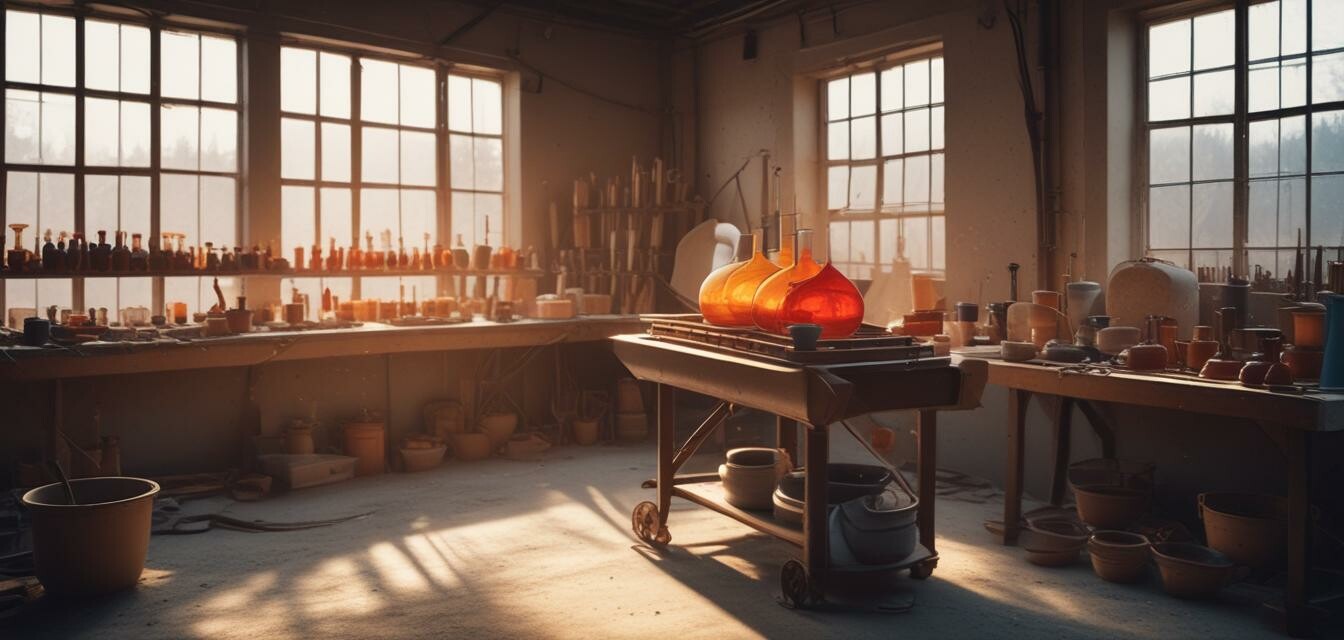
Top Tips for Choosing the Right Glass Kiln for Your Needs
Key Takeaways
- Identify your glass-making projects to determine kiln size and type.
- Consider temperature control features for precise glass fusing and slumping.
- Evaluate your budget and research kilns within that range.
- Check for safety features and warranty options.
- Read reviews from other glass artists before deciding.
Choosing the right glass kiln is essential for both novice and experienced glass artists. With so many options available, it's important to understand your specific needs and how different features can affect your glass-making projects. This comprehensive guide will help illuminate the key factors to consider when selecting a glass kiln, ensuring you find the perfect match for your creative endeavors.
Understanding Kiln Types
There are various types of glass kilns available in the market. Knowing the differences can help you make a more informed choice. The two primary types are:
- Top-loading kilns: These are versatile and user-friendly, making them a great choice for beginners.
- Front-loading kilns: These offer more space for larger projects and are preferable for experienced users.
Comparing Kiln Features
| Feature | Top-loading Kilns | Front-loading Kilns |
|---|---|---|
| Capacity | Smaller | Larger |
| User-friendliness | Easy for beginners | More complex |
| Versatility | Great for small projects | Ideal for expansive projects |
Capacity Considerations
When selecting a kiln, capacity is a critical aspect to consider. The size of your kiln should align with the type and volume of projects you wish to create. Here are some guidelines:
- For small projects like jewelry and small decor items, a small tabletop kiln will suffice.
- If you plan to work on larger items, such as glass slabs or functional pieces, consider a larger kiln with extended capacity.
- Assess your workspace—ensure you have sufficient room to operate the kiln safely.
Evaluating Temperature Control
Temperature control is another important factor in kiln selection. Glass fusing and slumping require specific temperature ranges to achieve optimal results. Here are some things to look for:
- Digital Controllers: Allow precise temperature management and programming for intricate projects.
- Manual Controls: More suitable for artists who prefer hands-on operation.
Budgeting for Your Kiln
Determining your budget early on can save you time and ensure you invest in a kiln that fits your finances. Consider the following:
- Set a realistic budget range based on your needs.
- Look for sales and promotions in our Glass Kilns category.
- Account for any additional expenses such as kiln shelves, tools, and safety gear.
Safety Features to Look For
Safety should always be a priority when working with kilns. Here are some features that can enhance safety:
- Built-in Safety Shut-off: Automates the kiln shut-off process in case of overheating.
- Insulation: Proper insulation helps prevent burns when the kiln is in operation.
Reading Reviews and Recommendations
Before making your purchase, take some time to research and read reviews of different models. Online forums and glass-making communities can provide valuable insights. Also, consider these tips:
- Join glass-making groups on social media to gather firsthand recommendations.
- Check reviews on various Kiln Accessories and Tools sites for unbiased feedback.
Conclusion
Choosing the right glass kiln involves understanding your project requirements, budget constraints, and desired features. By evaluating these factors carefully, you will be well-equipped to make an informed decision, ensuring your success in the world of glass art.
Beginners Section
If you are new to glass-making, here are some additional tips:
- Start with small projects to gain confidence and familiarity with the kiln.
- Learn about different glass fusing techniques through online tutorials.
- Experiment with various kiln temperatures to see how they affect your projects.
Pros
- Wide range of kilns caters to various skill levels.
- Numerous features provide for better functionality and control.
- Potential for creative experimentation with different glass types and techniques.
Cons
- Higher capacity kilns can be costly.
- Initial learning curve for new users.
- Requires additional safety considerations and equipment.

